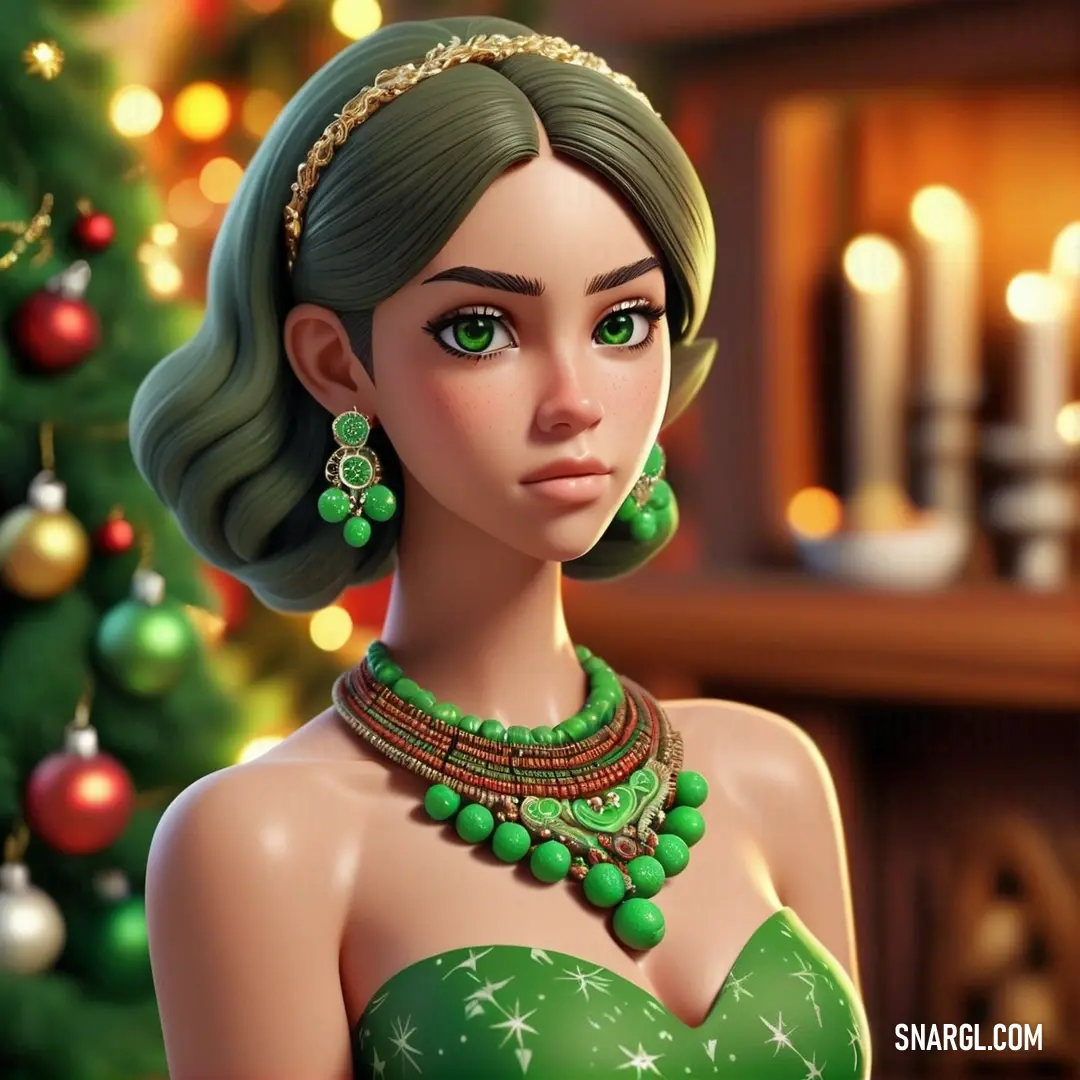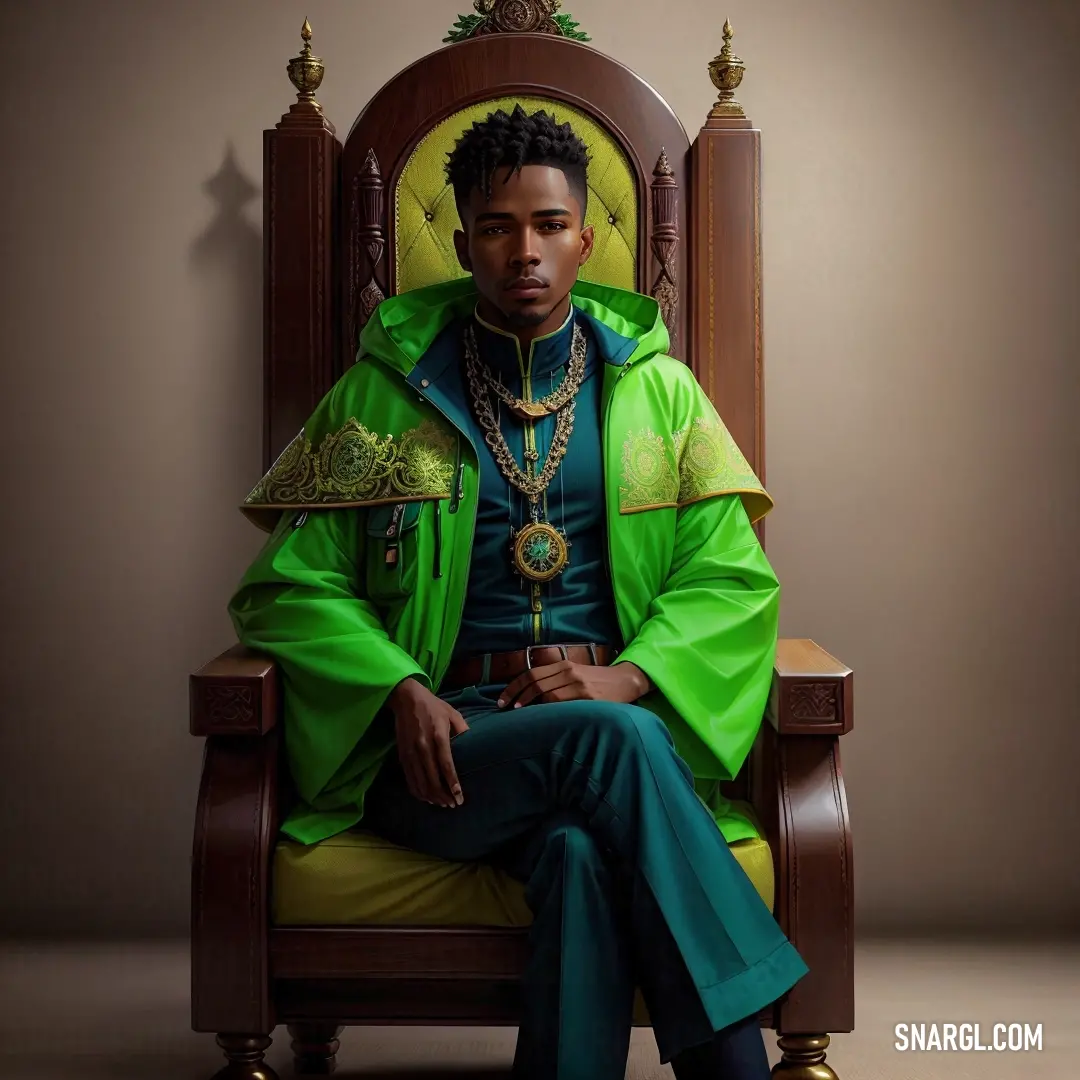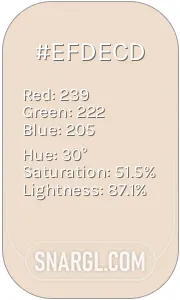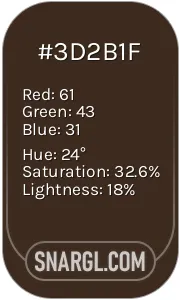
India green
What color is India green?
It is the color of the lower band of the National Flag of India.
The hexadecimal color code for India green is #138808, which means it has 7.45% red, 53.33% green and 3.14% blue in the RGB color model.
In the CMYK color model, it has 86% cyan, 0% magenta, 94% yellow and 47% black.
The hue, saturation and lightness values of India green are 114.8°, 88.9% and 28.2%, respectively.
It is similar to other shades of green such as forest green, Islamic green and office green.
India green, the color of hope and growth
You shine on the flag of a proud nation
You symbolize the land of diversity and culture
You inspire the people to strive for excellence
India green, the color of harmony and peace
You blend with the other colors of the flag
You represent the spirit of democracy and freedom
You remind the people of their history and heritage
India green, the color of life and vitality
You reflect the beauty of nature and environment
You express the richness of agriculture and economy
You celebrate the people's creativity and innovation
Example of the palette with the India green color

See these colors in NCS, PANTONE, RAL palettes...
Example of the palette with the India green color

See these colors in NCS, PANTONE, RAL palettes...
Example of the palette with the India green color

See these colors in NCS, PANTONE, RAL palettes...
Example of the palette with the India green color

See these colors in NCS, PANTONE, RAL palettes...
What are the examples of India green color in everyday life?
It represents the fertility, growth, and auspiciousness of the land.
Green is also a symbol of life, success, and happiness in Indian culture.
Here are some examples of India green color in everyday life:
India green is the color of many plants and trees that grow in India, such as the banyan, the neem, the mango, the coconut, and the banana.
These plants are not only sources of food, medicine, and shade, but also have religious and cultural significance for many Indians.
For example, the banyan tree is considered sacred by Hindus and Buddhists, as it is believed to be the abode of gods and spirits.
The neem tree is revered for its medicinal properties and is used to treat various ailments.
The mango is the national fruit of India and is associated with love, prosperity, and fertility.
The coconut is offered to gods and goddesses as a sign of respect and gratitude.
The banana is a staple food for many Indians and is also used in rituals and ceremonies.India green is also the color of many traditional and modern clothes worn by Indians, especially women.
Green is a popular color for sarees, salwar kameez, lehenga choli, and other ethnic outfits.
Green is often worn by brides on their wedding day, as it signifies prosperity, fertility, and marital bliss.
Green is also a festive color that is worn on occasions such as Eid, Holi, Diwali, and Navratri.
Green clothes are also worn by some political and social activists, such as the members of the Chipko movement, who protested against deforestation by hugging trees.India green is also the color of some of the famous landmarks and monuments in India, such as the Taj Mahal, the Red Fort, the Qutub Minar, and the Lotus Temple.
These structures are made of marble, sandstone, or concrete, but are adorned with green tiles, mosaics, or gardens.
The green color adds to the beauty and elegance of these architectural wonders and also reflects the influence of Islamic art and culture in India.
The green color also symbolizes peace and harmony, as these monuments are visited by people of different faiths and backgrounds.
Example of the palette with the India green color

See these colors in NCS, PANTONE, RAL palettes...
What looks best in India green?
Example of the palette with the India green color

See these colors in NCS, PANTONE, RAL palettes...
The Birth of India Green
One sunny afternoon, Alexander was frantically working on his final project for fashion school. He needed to create a new color that would revolutionize the fashion industry. However, inspiration was nowhere to be found. His room was littered with sketches, fabric swatches, and empty coffee cups. Desperate, he decided to take a walk to clear his mind.

As he strolled through the vibrant streets of Amsterdam, he stumbled upon a quaint little café. There, sitting by the window with a steaming cup of chai, was Mustafa Buffalo. Mustafa was known for his eccentric style, often seen wearing mismatched socks and a hat adorned with peacock feathers. Alexander had read many of Mustafa's stories and admired his creativity.
"Mind if I join you?" Alexander asked, pointing to the empty seat across from Mustafa.
"Not at all, young man. Have a seat," Mustafa replied with a warm smile.
As they chatted, Alexander shared his dilemma about needing to create a new color. Mustafa listened intently, his eyes twinkling with mischief.
"Why don't you come with me to India?" Mustafa suggested suddenly.
"India? But I have a deadline!" Alexander exclaimed.
"Trust me, my friend. Sometimes, inspiration comes from the most unexpected places," Mustafa said, winking.
Before Alexander knew it, he was on a plane to India with Mustafa. They landed in the bustling city of Jaipur, known for its vibrant colors and rich culture. Mustafa led Alexander through the narrow streets, past bustling markets and ancient palaces, until they reached a small, hidden courtyard.

In the center of the courtyard was an old man, surrounded by pots of paint in every color imaginable. Mustafa introduced him as Mr. Patel, a master colorist who had been creating dyes for generations.
"Mr. Patel, my friend Alexander here needs to create a new color for his fashion project," Mustafa explained.
Mr. Patel nodded thoughtfully and handed Alexander a small, worn-out book. "This book contains the secrets of color creation. But remember, the most important ingredient is not in the book. It's in your heart."
Alexander spent the next few days experimenting with different combinations of dyes, but nothing seemed right. Frustrated, he decided to take a break and explore the city. As he wandered through the markets, he noticed a group of children playing with kites. One kite, in particular, caught his eye. It was a brilliant shade of green, unlike anything he had ever seen.
Intrigued, Alexander approached the kite seller and asked about the color. The seller smiled and said, "Ah, that is 'India Green.' It is made from a special blend of herbs and spices, passed down through generations."
Excited, Alexander bought a small vial of the dye and rushed back to Mr. Patel's courtyard. He mixed the dye with his fabrics, and to his amazement, it created a stunning, vibrant green that seemed to shimmer in the sunlight.
"India Green," Alexander whispered, marveling at the color.
Mustafa clapped him on the back. "I knew you'd find it, my friend. Sometimes, the answer is right in front of you."

Alexander returned to Amsterdam with his new creation, and "India Green" took the fashion world by storm. Designers from all over the globe clamored to use the color in their collections, and Alexander became a household name in the fashion industry.
As for Mustafa, he continued to write his whimsical tales, often featuring a certain fashion designer named Alexander Arrow and the magical color known as "India Green."
And so, the legend of "India Green" was born, all thanks to a chance meeting in a café, a spontaneous trip to India, and the boundless creativity of two unlikely friends.












 India green
India green Antique brass
Antique brass Smoky black
Smoky black Almond
Almond Dark brown
Dark brown Isabelline
Isabelline Bistre
Bistre Ash grey
Ash grey Gray
Gray Android Green
Android Green Cream
Cream Apple Green
Apple Green French rose
French rose Black
Black Pear
Pear Flax
Flax



 Davy grey
Davy grey Tea Green
Tea Green June bud
June bud





 Jasmine
Jasmine Cordovan
Cordovan Pale taupe
Pale taupe







